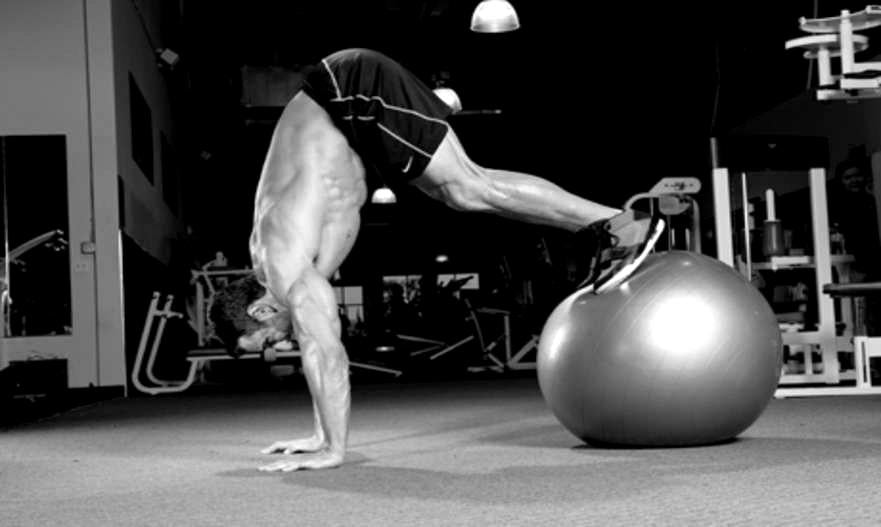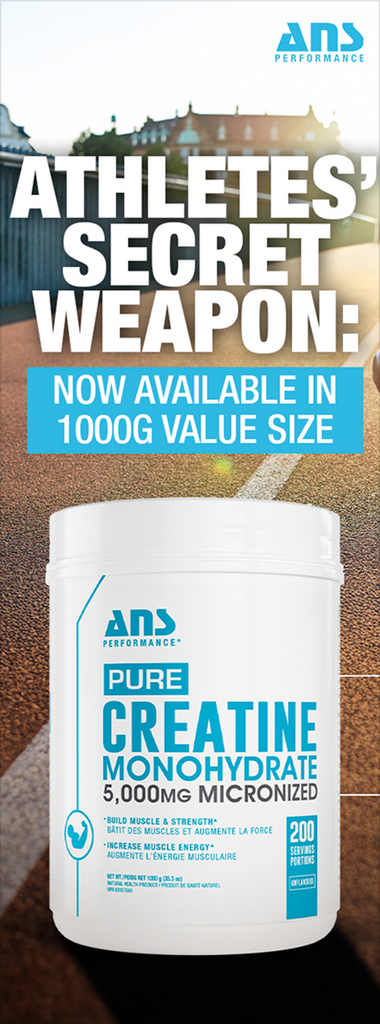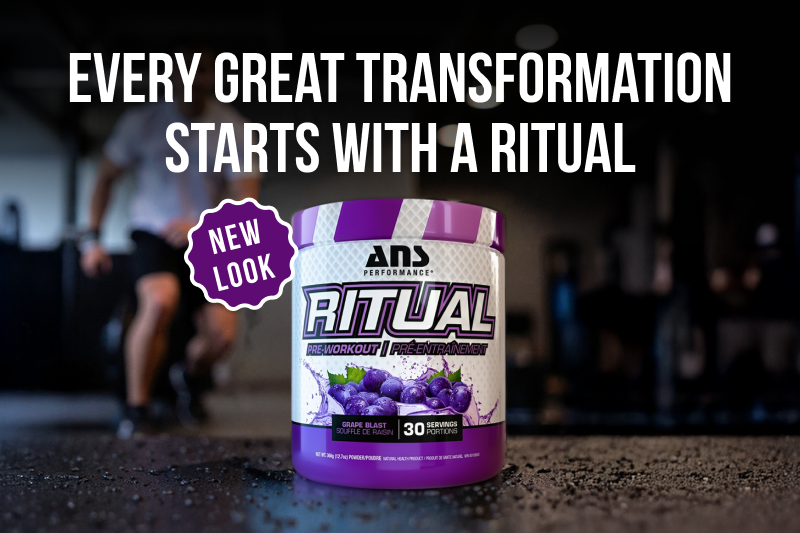

It’s like they don’t belong there. In gyms around the world, where the iron of weights and strength training machines give the place a decidedly metallic look and feel; there, on a rack in the corner is a bright, colourful display of beach balls.
Or at least that’s what it looks like.
Whether or not you use them, there’s one undeniable fact about stability balls, they are more versatile for your workout than just about any other single machine or device.
Also known as Swiss balls or exercise balls, they first appeared in Europe in the 1960s and were used then mainly for physiotherapy. The “Swiss” bit was added when to the name when they became a popular physical therapy tool on this side of the Atlantic. Eventually, many of the exercises developed for the ball were incorporated in other disciplines, including athletic training, general fitness routines, yoga and pilates.
That’s resulted a bit of a stereotype surrounding stability balls about being mainly physical fitness exercises. But being part of a full-on strength training program are among the many roles stability balls can play at the gym.
The “Secret Sauce” of Stability Balls
Some might wonder how a light, bouncy piece of plastic could in any way be part of a strength-building workout. But those who have tried it have experienced the added dimension that stability balls bring to any exercise, from the simplest yoga pose to working many of your muscle groups.
The important thing to understand is that it’s not the ball itself that does anything for yuoir workout. And it’s not because the exercise becomes more difficult because you have to balance on the stability ball, or the more “high-tech” BOSU ball, while performing the exercise.
It’s the situation the ball puts your body into that produces the results.
As an example, think about weight curls for your biceps and forearms. Whether you sit on the end of a bench and curl a free weight, use a specific curl device or you stand while curling, you are essentially working only your arms (and your back if you read our last post).
Now imagine doing those curls while sitting on an exercise ball. The properties of the ball, and how they affect you as you do the exercise, adds a whole new dimension to the exercise and its benefit for your whole body.
Stability balls are very precisely designed. They are a careful combination of the strength of the PVC plastic of which they are made and the pressure of the air inside them.
While it is able to support your weight, your body must work to maintain balance while you use the ball. That effect is where the real benefit lies. In keeping your balance, the ball forces your muscles, mainly your core, but often your legs, arms and back too, (depending on the exercise) to fire many times a minute.
If you think of the fact that your muscle fires once for most strength training exercises, then the rapid fire caused by the exercise ball has obvious benefits.
Studies show that the unstable environment a stability ball puts your body into increases activation of your abdominal and back muscles. Exercises, like a curl up, increases electromyography (EMG) when performed on a ball instead of a stable surface.
In addition to building your core, which by itself is reason enough to using it at least occasionally, the exercise ball helps improve your balance, posture and flexibility and reduces your chance of injury.
If there is a downside to stability balls, it is that they are not the be all and end all of a strength training program. They are one more useful way to help you get the results you want.







